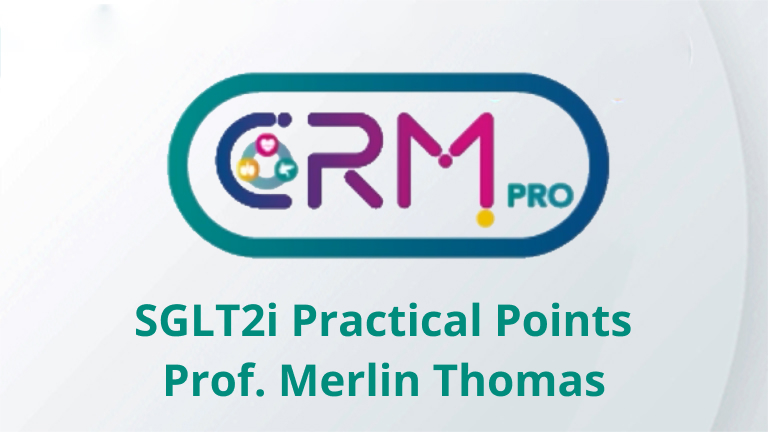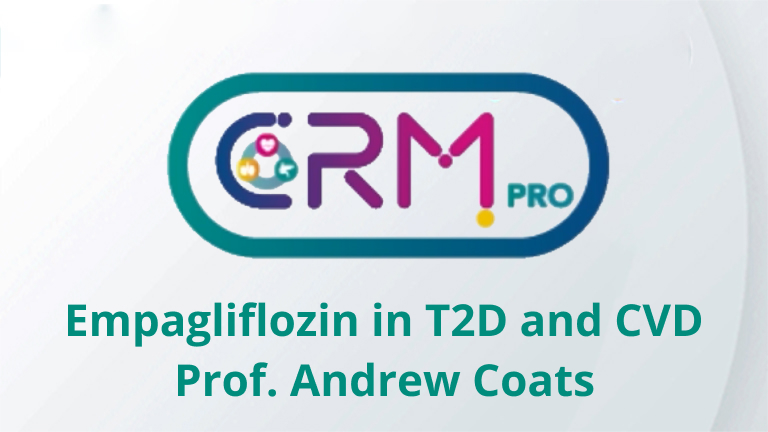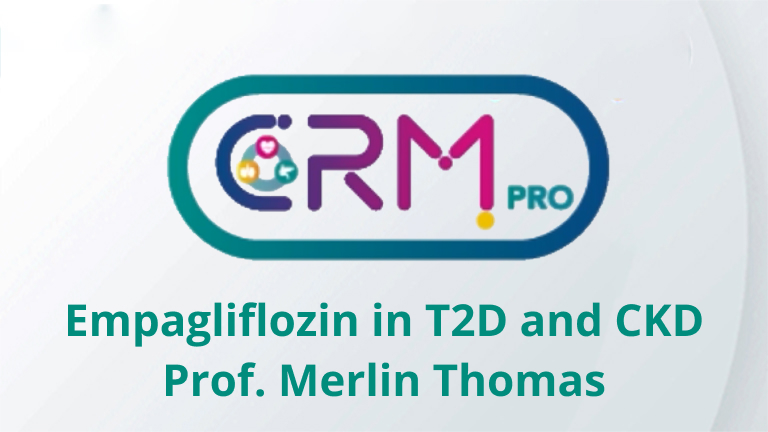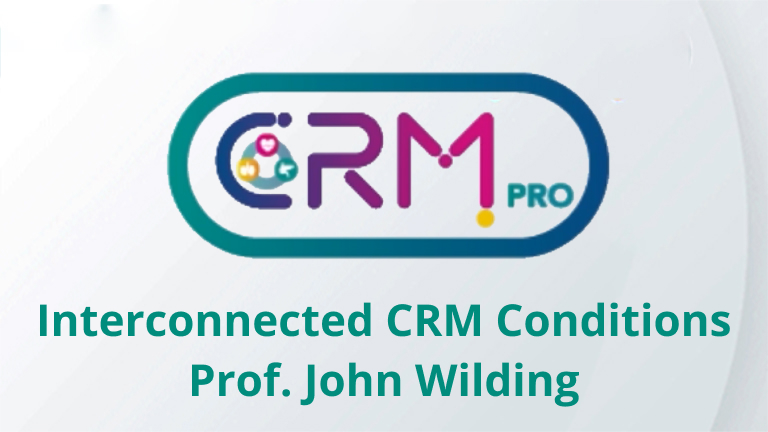
Presenters

Professor of Medicine
Prof. John Wilding
Course Details
Prof. John Wilding discusses how diabetes is interconnected with Cardio-Renal-Metabolic Systems. There is a high rate of existence between the cardio, renal, and metabolic conditions. At least 1 in 3 people with type 2 diabetes will have cardiovascular disease. Also, 1 in 3 people will have chronic kidney disease. If we take people with heart failure, again, about a third will have T2D, a third will have CKD. If we take people with CKD, a third will have CV disease. CRM Conditions tend to amplify each other. Prof. Wilding also discusses the role of SGLT2i in managing CRM conditions including real world evidences on empagliflozin.
Estimated time of Completion: 19 Mins
CPD Points: 1 CPD point
Interconnected Cardio-Renal-Metabolic Conditions Course Outline
Section 1
- Cardio-Renal-Metabolic (CRM) Conditions Co-exist.
- CKD and HF are the most frequent first cardiorenal disease manifestations in patients with T2D.
- Conditions of the CRM systems are among the leading causes of premature death.
Section 2
- Guidelines recommend a multifactorial approach in patients with early T2D to manage risk factors and reduce their risk of complications.
- Scientific and clinical evidence indicates that SGLT2 inhibitors provide benefits across the cardio-renal and metabolic systems in patients with T2D.
- SGLT2 inhibitors have been shown to improve metabolic risk factors in patients with T2D.
- Consistent reductions in CV, HF, and kidney outcomes were observed with SGLT2 inhibitors in patients with T2D and either CVD or high CV risk.
Section 3
- How can new treatment options help with T2D management?
- Since 2016, guidelines and societies have recommended the use of SGLT2 inhibitors for their cardio-renal-metabolic benefits.
- Do SGLT2 inhibitors have long-term benefits, including for CV and kidney outcomes in patients with T2D with and without CVD in the real world?
- EMPRISE showed that empagliflozin was associated with a decreased risk of HHF and a similar risk of patients of atherosclerotic CV events compared with GLP-1 RA in patients with T2D.
- Real world data from an Asian population with T2D showed that empagliflozin was associated with a reduced risk of HHF, all cause mortality and ESRD.
- SGLT2 inhibitors have demonstrated a consistent safety profile and are recommended for use by global clinical guidelines and consensus reports.
- Key takeaways.




